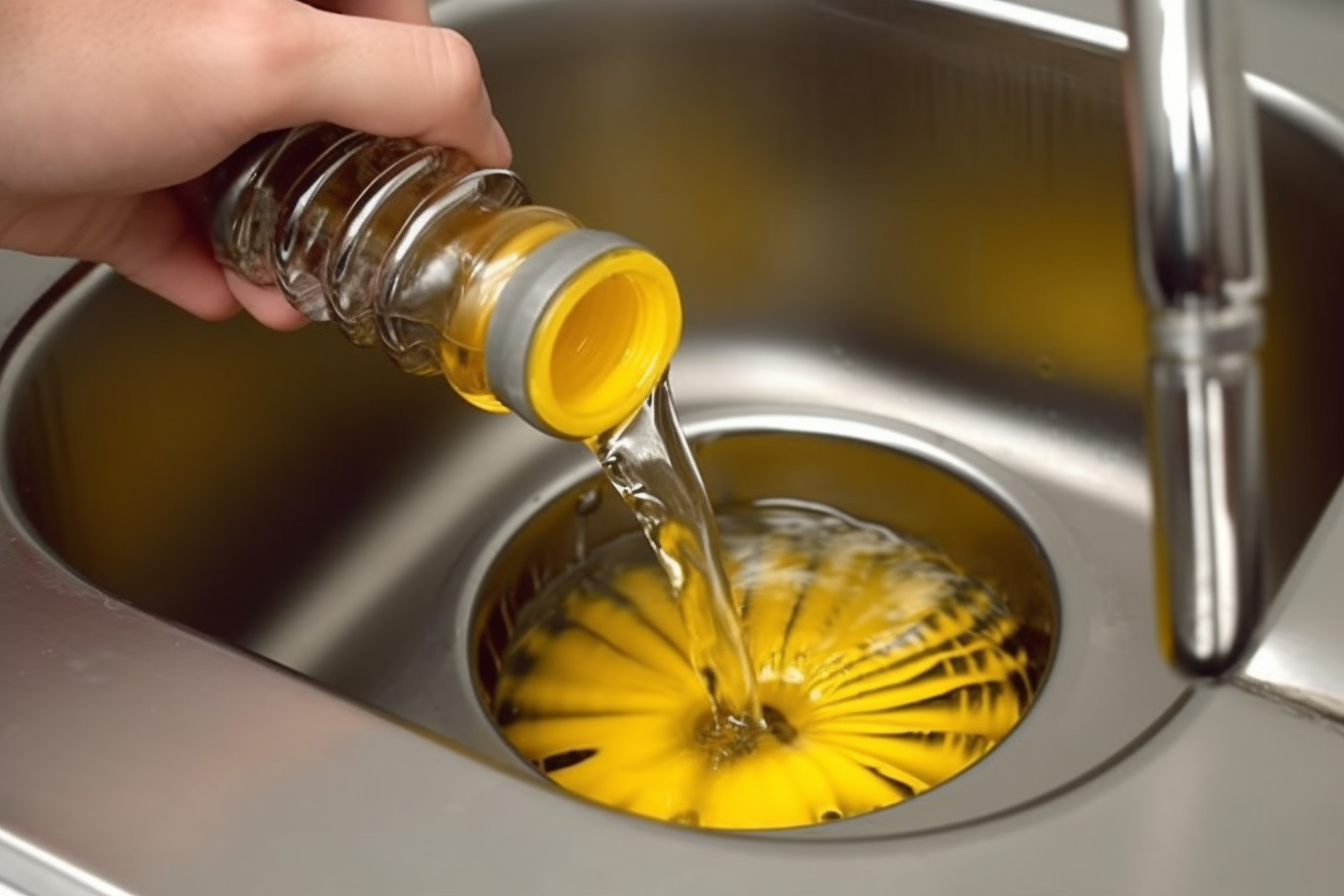Reusable Bottles: Materials, Care, and Selecting the Right Bottle
Reusable bottles have become a common choice for people looking to reduce single-use plastic, carry water on the go, and control beverage temperature. This article explains common materials and designs, how insulated and stainless steel bottles differ, safe cleaning practices, and practical factors to consider when choosing a bottle for daily use. The goal is clear, evidence-based guidance to help you pick and care for a reusable bottle.

What is a reusable bottle?
A reusable bottle is any container designed for repeated use to carry liquids, commonly water, and often replaces disposable plastic bottles. Reusable bottles appear in many materials — stainless steel, glass, BPA-free plastic, and silicone — each with different trade-offs for weight, durability, and taste neutrality. Choosing a reusable bottle reduces single-use waste and can lower ongoing purchase needs. Look for leak-resistant closures, a mouth opening appropriate for your use, and materials that match your priorities for longevity and environmental impact.
How do insulated bottle designs work?
Insulated bottle designs typically use double walls separated by a vacuum or foam layer to reduce heat transfer by conduction and convection. Vacuum-insulated bottles are common because they minimize heat exchange, so hot drinks stay warmer and cold drinks stay cooler compared with single-wall bottles. Insulation performance depends on construction quality, lid design, and how often the bottle is opened during use. Manufacturers may specify expected temperature retention times, but real-world results vary with ambient conditions and fill temperature.
Insulated bottle selection should consider practical factors beyond insulation: lid seal integrity to prevent leaks, the size of the opening for ice or cleaning tools, and overall weight for carrying. Some insulated bottles have wide mouths for ice and easy cleaning, while others prioritize a narrow mouth to reduce spilled liquid and improve sip control. For daily commuting or outdoor use, evaluate how the bottle integrates with cup holders, packs, and drink systems.
Why choose a stainless steel bottle?
A stainless steel bottle offers durability and a material that is generally non-reactive with most beverages, which helps preserve taste compared with some plastics. Many stainless steel bottles are available in single-wall and double-wall (insulated) formats; double-wall stainless steel bottles are common when temperature retention is desired. Stainless steel resists dents and is compatible with frequent washing, and the body itself does not contain BPA. Note that lids, seals, or coatings may still include plastics or components to check on product specifications and cleaning instructions.
Stainless steel bottles also tend to withstand outdoor use and repeated drops better than glass, while providing a longer usable life than many thin plastic bottles. Consider the grade of stainless steel, whether there is an inner coating, and any warranty or manufacturer care recommendations when evaluating options for regular use.
How to clean your water bottle safely
Regular cleaning reduces buildup of biofilm, residue, and odors in a water bottle. For everyday cleaning, rinse the bottle with warm soapy water and use a bottle brush to reach the bottom and any narrow necks. Some bottles and lids are dishwasher-safe; check manufacturer guidance before using a dishwasher to avoid warping seals or damaging finishes. Periodically perform a deeper clean using a solution of vinegar and water or a baking soda paste to address odors. Thoroughly rinse after any cleaning and allow the bottle to dry fully with the cap off.
This article is for informational purposes only and should not be considered medical advice. Please consult a qualified healthcare professional for personalized guidance and treatment.
Which bottle fits your daily needs?
Picking the right bottle depends on how you plan to use it. For desk or office use, a moderately sized water bottle (500–750 ml) with an easy-open lid and wide mouth for cleaning may be best. For commuting or commuting by bike, a slimmer bottle that fits cup holders and has a secure locking lid can reduce spills. For hiking or travel, an insulated bottle can maintain drink temperature and a stainless steel bottle adds durability. Consider weight, capacity, insulation needs, and whether you want a sport cap, straw lid, or simple screw cap.
Also consider sustainability and repairability: replaceable lids, availability of spare parts, and manufacturers that provide clear care instructions can extend a bottle’s usable life. Local services such as refill stations or workplace water systems may influence your choice of capacity and insulation. Match material and features to your everyday routine to get the most consistent use from a reusable bottle.
Reusable bottles vary by material and design, so prioritize the combination of durability, hygiene, and practicality that fits your habits. Proper cleaning and attention to seals and lids will keep a bottle performing well over time, and choosing a bottle that fits how you live will increase the likelihood it replaces single-use alternatives for years.






